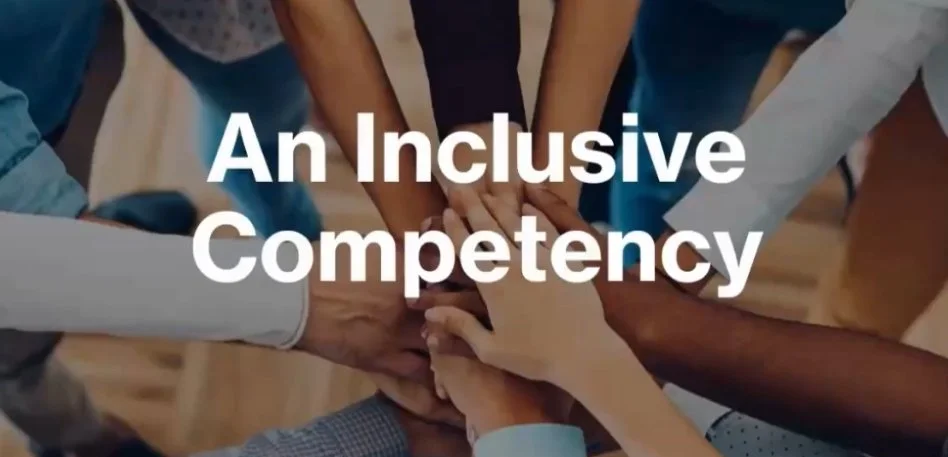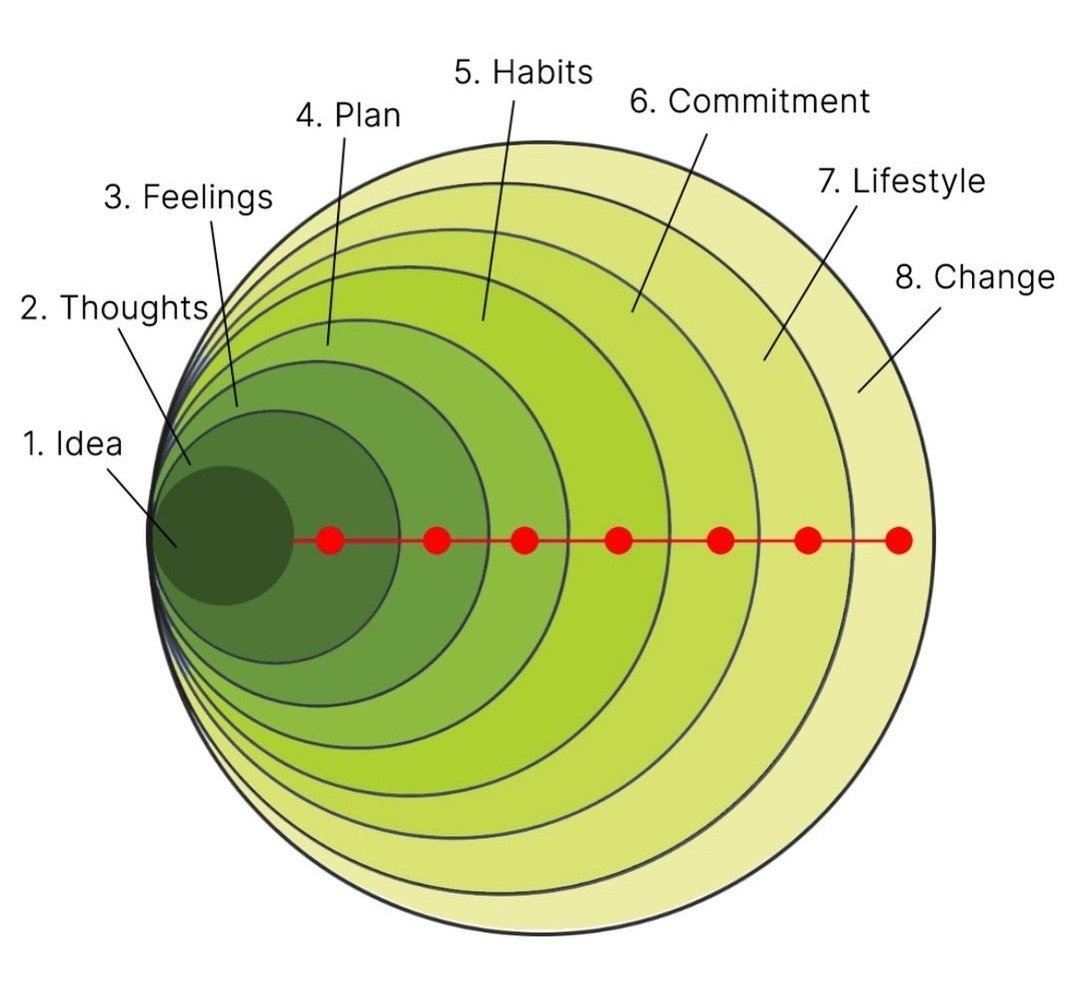I think in order for a goal to be effective, it must involve change. Everyone wants to grow and scale fast, but in the rush to move forward, we often forget that growth isn’t just about speed or size. Sometimes, the most valuable insights come from slowing down, asking the right questions, and reconnecting with the people who already know your business best, who are your existing customers. Real change doesn’t always mean chasing something new, it can start by listening to what’s already there.
Coaching isn’t magic
Alan Mulally, the legendary former CEO of Ford and Boeing Commercial Airplanes, is often held up as one of the most effective leaders of our time. His approach was grounded in humility, discipline, transparency, and an unwavering commitment to developing people. Marshall Goldsmith, the world-renowned executive coach, once shared a simple but profound lesson he learned from Mulally:
““If you work with great, dedicated, committed leaders who want to keep getting better, your coaching process will ALWAYS work. If you work with leaders who have no real interest in improving, your coaching process will NEVER work.””
This observation cuts through all the noise about methods, credentials, and frameworks. I think at its core, growth requires a genuine desire to change, and no amount of expertise or clever process can make someone evolve if they don’t want to.
Strong women
Strategy is about clearly defining the change we want to make in the world and identifying the tools and capabilities we have to make that change happen. It also involves understanding how we can leverage time, systems, and even elements of play or gamification to support people in achieving their goals. I think that when we have clear answers to these questions, marketing becomes a much more straightforward task.
How is change created?
Key questions for change:
What specific change are we trying to make?
Who are we aiming to influence?
Given our agreed-upon constraints and goals, is there a better path forward to reach our destination?
To proceed, we need clarity on the following:
Constraints:
What are the limitations or boundaries we’re operating within?Objectives:
What are the precise goals we are working toward?Target Audience:
Who are we trying to affect or change?
Without alignment on these key points, productive conversation becomes difficult. If we’re not on the same page, we risk revealing that we’re metaphorically on different journeys (or buses), heading in different directions. Contact me via email for a confidential conversation about your journey.
Embracing change
Embracing change is often a daunting prospect for most of us, as the devil you know is better than the devil you don’t know. Despite our professed commitment to concepts like continuous learning, agility, and adaptability, we inherently resist change. This becomes evident when engaging in sales discussions, where customers meticulously evaluate the value of altering their current practices, often dismissing it as a hassle and too risky. In my experience, I have seen then when potential customers are in a completely dysfunctional situation where their world is falling apart, they will choose status quo over change. My primary goal is not to force change upon them but to encourage them to at least consider it. While I may not always succeed in selling them on change through my services, I attempt to move them one step closer and make the idea intriguing enough to invest their time in exploring further.
Making meaningful changes
Achieving meaningful change is often dependent on having a clear objective, believing in your ability to make that change, and embracing a committed mindset that prioritises rational planning over fleeting emotions. This approach can lead to a more sustainable and effective path to personal growth and transformation. I think that to understand the factors that influence our capacity to change, one needs to consider the following three key elements:
1. It's not solely about the external events or circumstances that occur in our lives but rather how we choose to navigate and respond to them. Developing psychological mindedness involves being attuned to our thoughts, feelings, and reactions, which can significantly impact our ability to initiate change.
2. While motivation can be a fleeting and inconsistent source of drive, commitment provides a more stable foundation for success. By detaching from emotional fluctuations and focusing on a well-thought-out plan of action, we can reduce the reliance on fleeting emotional states. Cognitive dissonance, the discomfort caused by acting against one's beliefs, can serve as a powerful motivator for change.
3. Instead of relying on raw emotion to drive our actions, we can manage our emotions through commitment. By making a conscious decision to pursue our goals and sticking to our plans, we create a sense of commitment that, in turn, generates motivation. This shift from relying on external motivation to fostering internal commitment can be a key factor in achieving lasting change.
Send me an e-mail and let me know what do you think.
Stories of change
c/o Harvard Business Review
What kind of stories should we be telling to help people rekindle hope as we come out of the war in Ukraine, and is connectedness the route to achieve this?
All marketers tell stories and as individuals we tell ourselves stories as this is what guides our behaviours, decisions, and choices. So many of the big stories people believe in have crumbled away, stories of progress that tomorrow will be better than yesterday. We have lost so much that we don’t have the stories that provide the scaffolding we can use to climb out of all our difficulties. We must decide personally and as a community about where we are going as we are looking at a world that is making new rules, new connections and new decisions. Change is happening and as marketers this is what we do - We make change!
Small steps stick
When trying to make a change in your life, a too big a change is not sustainable. It’s far easier to make small, incremental changes and make them stick. It’s important to reframe change into a positive and stick to it. Try telling yourself that change isn’t a chore, improving isn’t a chore! It’s the stickability over time that makes us different.
When we feel good about ourselves, we are going to be happier, more engaged, and willing to make more changes. It’s not about what happens to us, it’s about how we deal with it. When people think about habit loops, they often have a reward at the end of it. It’s really important to think about the suffering, as I think change happens when the pain of staying the same becomes greater than the pain of making a change.
Change Management Triangle
What is the Triangle of Change?
The “Triangle of Change” is a framework that is often used to help understand and manage change in organisations or individuals and consists of three interconnected elements:
1. Leadership or Strategy:
This element involves the vision, mission, and direction of the change. It requires effective leadership, planning, and communication to ensure that the change is properly understood and supported by all stakeholders.
2. People or Culture:
This element involves the attitudes, behaviors, and skills of the people who are involved in the change. It requires a focus on engaging and empowering employees, building trust and collaboration, and addressing any resistance or challenges that may arise.
3. Processes or Systems:
This element involves the tools, methods, and procedures that are used to implement the change. It requires a focus on improving efficiency, effectiveness, and quality, while also ensuring that the change is sustainable and scalable over time.
The Triangle of Change is also known as the "Change Management Triangle" or the "McKinsey's Three Horizons of Growth". It recognises that all three elements are interconnected and that any change in one area will have an impact on the others. Therefore, successful change management requires a holistic and integrated approach that takes into account all three elements.
Simple is hard
I have done some corporate case studies over the years as I didn’t really know what made change stick and why corporate change was so hard. What I found through some of these case studies was that:
Change happens not from the top-down but from middle-out. Change must be proposed by the people in the trenches and respected by the leadership, and at the same time admired by those below who are the rising stars of the future.
Change is not a process; change is a tool kit. I think that if change and innovation was a process then everyone could do it, as people are smart and can easily follow rules. I think employees need on-demand tools that they can draw on when different things come at them.
Change must be presented in small chunks. Managers and leaders must lead by example to affect change on an everyday level, for example, in meetings, e-mails, reports and procedures. Small incremental ways to get the employees on board so they want to make the big change.
Employees want a fire lit from underneath them by people within them. I think that organisations will have to put more training into managers if they really want to make the changes stick.












